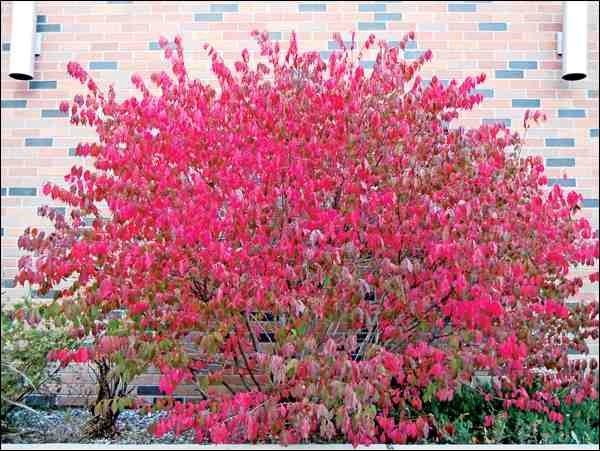It's fall if you look at the calendar or if you've noticed that the days are shorter. But this fall has been gloriously, if not unusually, warm. By my reckoning, we should have had several frosty nights by now where we would have taken our best spare sheets and blankets and draped them over our gardens and planters in the hopes of holding onto summer a little longer. Don't get me wrong; I'm enjoying the great weather. But we still need to tackle those normal fall activities to prepare our gardens for winter.
Harvest your peppers, tomatoes, cucumbers, melons, squash and other above ground vegetables. The amount of growth, development and ripening that you may gain by leaving them out for a few more days may be completely lost by damaging frost. I don't want to disparage the weather forecaster, but they don't always get it right. Why chance it?
Dig up your potatoes: they're chilling sensitive. But you can leave carrots, parsnips and beets in the ground for a while yet. In fact, they'll improve in flavour and sweetness with a few frost episodes. Given how dry the fall has been, water your root vegetables the day before harvesting just to make it easier to dig them out.
Speaking of watering, give you trees, shrubs and perennial beds a good soaking before freeze up. This is good advice in any year. Despite the appearance of no growth from now to early spring, your plants are doing something under their bark and under ground. These processes require some water, especially in the spring as they prepare to put on new growth. This fall has been dry and if the winter is the same, then spring growth may be impacted.
Still on the topic of water, schedule blowing out your underground sprinklers in a week or two. While the underground system will be protected against a few degrees below freezing, the above ground parts like the manifold may suffer damage. If temperatures are forecast to drop below -7C (including windchill), shut the water off to outside. Next open all the manifold valves on the outside halfway. This will relieve some of the pressure that will build up as water freezes. If a valve is already frozen, do not force it open. First thaw it out by pouring warm water over it and then open it.
Get a head start on next year: plant spring flowering bulbs like tulips, squill, grape hyacinth, ornamental onions, crocus, daffodils and lilies (see upcoming events). There are hundreds of cultivars with varying colours, shapes, sizes and flowering times to choose from. Most garden centres are waiting for you to drop by.
Finally, take the time to notice the colour transformation throughout the landscape. First to change are the ash, generally turning brilliant yellow. Yesterday, as I was out for a walk, I couldn't help but remark on how a golden yellow Mancana ash lit up the street that it would normally have cast shade over. Amur maples are heady shades of burgundy, deep red or orange depending on the selection. Burning bushes (Euonymus spp.) are at their best this time of year as they too are bright red. These are just a few examples of fall-coloured plants.
Take a walk around your neighbourhood or go to public gardens like Patterson Garden (corner of Preston Avenue and College Drive); the Robin Smith Memorial Garden and the Heritage Rose Garden at the Saskatoon Forestry Farm Park and Zoo; or Innovation Place (north of the University off Preston Avenue) and take note of how colour, shape and texture are important aspects of the autumn garden. Consider how you might incorporate some of that into your own garden.
- This column is provided by the Saskatchewan Perennial Society.
Upcoming Events:
Fall Bulb Sale, Oct. 4 and 5 - come on out the Canadian Prairie Lily Society bulb sale at the Mall at Lawson Heights. Sale runs from 10 a.m. to 4 p.m. each day. Wide selection available. Also feel free to drop by just to have your lily conundrums solved by experienced lily growers.




